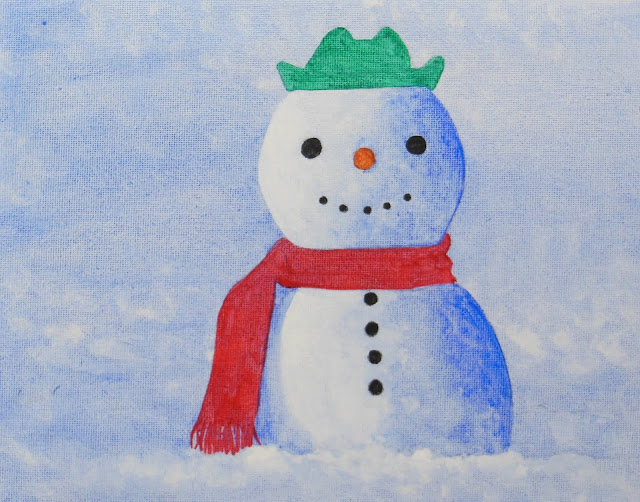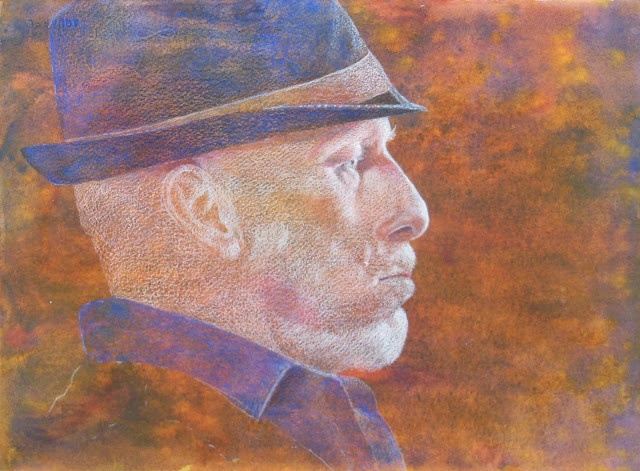| I worked on the face a little lightening the light areas more. I added some green to darken behind the sloth's face, will most likely darken this even more to create contrast. I worked on the fur using cream, white, dark brown terra cotta, spanish orange, crimson red. I worked in the direction of the fur using a stroke that created a line while still paying attention to the over values. I started working on the branches adding some darks and lights. I used white, dark brown, terra cotta, chartreuse, and for the dark I think I used indigo with dark brown... I worked on a leaf using white, yellow chartreuse, grass green, and a dark for the veins (cannot remember what I used there, maybe dark brown). |




































